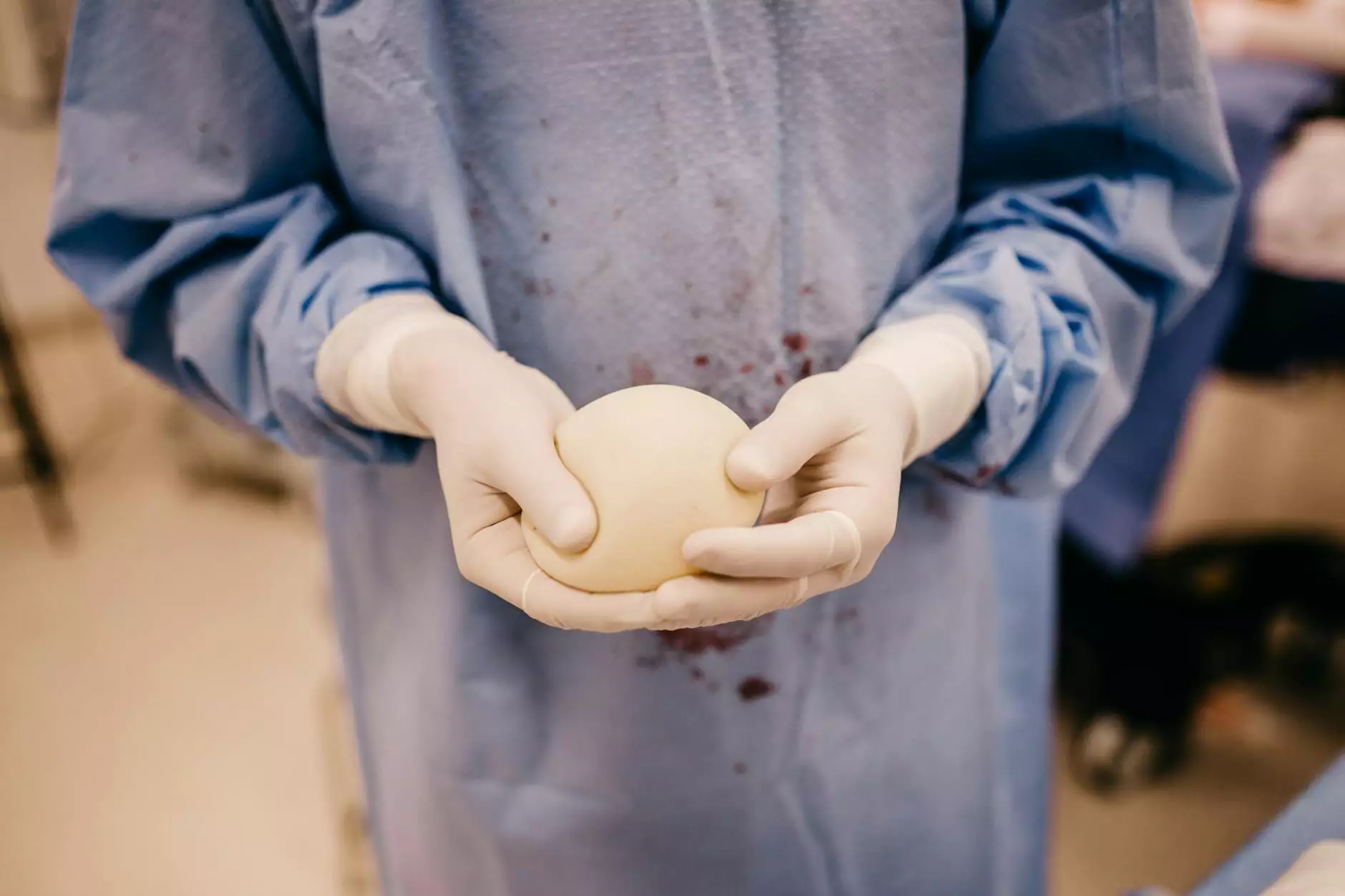Understanding Injection Molding Plastic: A Comprehensive Guide

Injection molding plastic is a revolutionary manufacturing process that has transformed the way products are created. This method, heavily relied upon across various industries, offers numerous advantages that make it an ideal choice for producing high-quality plastic components. In this article, we will delve deep into the world of injection molding plastic, discussing its process, benefits, applications, and the crucial aspects to consider when choosing a manufacturer.
What is Injection Molding Plastic?
At its core, injection molding plastic is a process where molten plastic is injected into a mold to create parts of varying shapes and sizes. This technology is widely used in manufacturing due to its ability to produce large quantities with remarkable precision and consistency.
How Does the Injection Molding Process Work?
The injection molding process involves several key steps, each crucial to achieving the desired end product:
- Material Selection: Various types of thermoplastic materials can be used, such as ABS, polypropylene, and polycarbonate. The choice of material is vital depending on the end use.
- Melting the Plastic: The selected plastic material is fed into a heated barrel where it melts, turning into a viscous liquid.
- Injection: Once the plastic is melted, a screw mechanism injects the liquid into a precisely crafted mold cavity under high pressure.
- Cooling: After the mold is filled, the plastic is cooled to solidify into the desired shape.
- Ejection: Once solidified, the newly formed plastic part is ejected from the mold, completing the cycle.
Advantages of Injection Molding Plastic
The advantages of using injection molding plastic are substantial and make it a preferred choice for manufacturers:
- High Efficiency: Once the molds are designed and manufactured, high volumes of parts can be produced quickly and consistently.
- Cost-Effectiveness: Although the initial investment in mold creation is high, the per-part cost dramatically decreases with higher production volumes.
- Precision and Quality: Injection molding allows for exceptional detail and accuracy, ensuring high-quality products with minimal defects.
- Material Versatility: A wide range of materials can be used, each offering different properties like strength, flexibility, and temperature resistance.
- Reduced Waste: The process is highly efficient in terms of material usage, generating minimal waste compared to other manufacturing methods.
Applications of Injection Molding Plastic
Injection molding plastic is used in countless industries, showcasing its versatility:
Consumer Goods
From toys to household products, injection molding plays a significant role in manufacturing items we use daily.
Automotive Industry
The automotive sector relies heavily on injection-molded parts for components like dashboards, housing, and under-hood parts, which need to withstand harsh conditions.
Medical Equipment
Precision and cleanliness are paramount in medical applications. Injection molding plastic enables the creation of sterile, complex parts used in devices and tools.
Electronics
The electronics industry benefits from the vast array of components that can be produced, such as casings and connectors, which require precise manufacturing standards.
Packaging
Flexible, durable, and lightweight packaging solutions are often created through injection molding, enhancing product sustainability.









